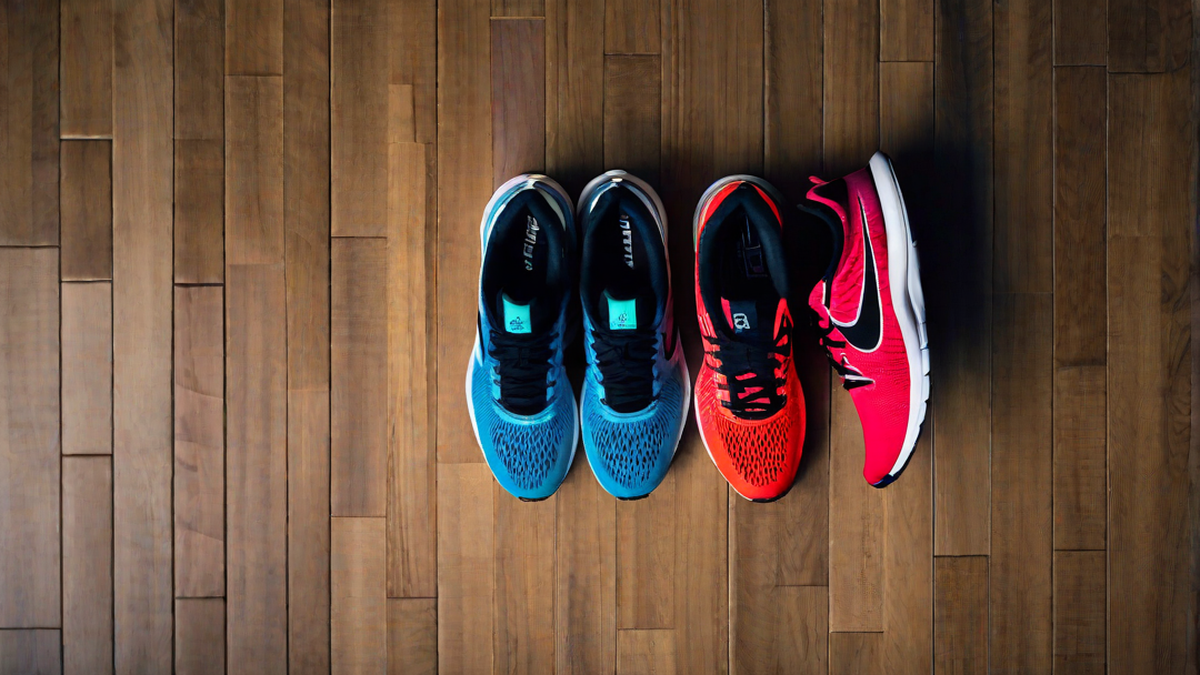When it comes to working out at the gym, one of the most important things to consider is finding the right pair of shoes. As an avid runner and fitness enthusiast, I have often wondered if my trusty running shoes can be used for gym workouts as well. After doing some research and speaking with fitness professionals, I have come to a conclusion that running shoes can indeed be used for gym workouts, but it is important to consider certain factors.
The Anatomy of Running Shoes
To understand whether running shoes are suitable for gym workouts, let’s first take a closer look at their anatomy. Running shoes are designed to provide cushioning and support for forward motion. They are generally lightweight and have a flexible sole that allows for a smooth heel-to-toe transition. The cushioning in running shoes helps absorb the impact on your joints while running, while the supportive structure helps to maintain stability and prevent injury.
Gym Workouts and their Demands
Gym workouts, on the other hand, involve a variety of activities such as weightlifting, cardio exercises, and agility training. Each of these activities places different demands on your feet and shoes. For weightlifting exercises, like squats and deadlifts, a flat and stable shoe is recommended to provide a solid base of support. On the other hand, cardio exercises like jumping jacks and high-intensity interval training (HIIT) require shoes with good shock absorption and flexibility.
Considerations and Recommendations
Based on the differences in shoe design and workout demands, it is important to consider a few factors before using running shoes for gym workouts.
1. Shoe Stability
Running shoes are designed to provide forward motion stability, but they may not offer the same level of support for lateral movements or weightlifting exercises. If you plan to do a lot of weightlifting or agility training at the gym, it would be beneficial to invest in a pair of cross-training or weightlifting shoes that offer better stability and support.
2. Cushioning and Shock Absorption
If you’re planning to engage in high-impact cardio exercises at the gym, it is important to have shoes with good cushioning and shock absorption. While running shoes provide cushioning for running, they may not provide adequate shock absorption for activities like jump squats or box jumps. Consider choosing a cross-training shoe that offers additional shock absorption to protect your joints during these activities.
3. Shoe Durability
Gym workouts can be tough on shoes due to the various activities involved. Running shoes are specifically designed for running and may not have the same durability to withstand the wear and tear of gym workouts. Using your running shoes for gym workouts may shorten their lifespan. If you’re dedicated to both running and gym workouts, it may be worth investing in separate shoes for each activity to ensure their longevity.
Conclusion
While running shoes can be used for gym workouts, it is important to consider the specific demands of different exercises and the limitations of running shoe design. If you primarily focus on running and include some light gym workouts, your running shoes will likely be sufficient. However, if you plan to engage in more intense weightlifting or cardio exercises at the gym, it may be beneficial to invest in a dedicated pair of cross-training or weightlifting shoes for better stability, support, and durability.
Ultimately, the right pair of shoes depends on your personal preferences, workout routine, and goals. Prioritize comfort, support, and protection to ensure an enjoyable and injury-free workout experience!

